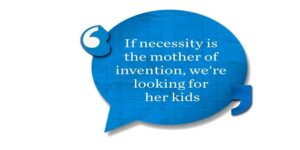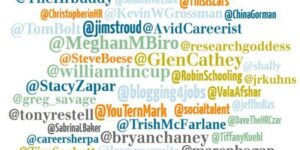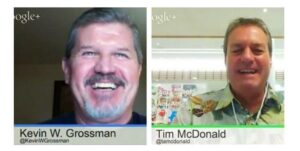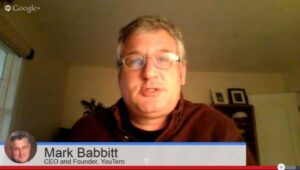#TChat Preview: A World Gone Social And The Power Of OPEN
The TalentCulture #TChat Show will be back live on Wednesday, January 7, 2015, from 7-8 pm ET (4-5 pm PT). The #TChat radio portion runs
The TalentCulture #TChat Show will be back live on Wednesday, January 7, 2015, from 7-8 pm ET (4-5 pm PT). The #TChat radio portion runs
Some people are still skeptical about social media recruiting, though I can’t figure out why. The success stories on both companies and individuals finding their

By this point, most of us have come across the term, “social recruiting.” With the rising importance of fostering a successful and sustainable company culture

The social era is creating a whole new level of opportunity for business and personal brands. Are you making the most of it?

Successful leaders understand the power of human nature. What do they know about behavior that others can learn?

If you want to know how people can contribute to your company, why not take a test drive? Wordpress co-founder Matt Mullenweg explains

What does it take to meet top tech talent on today’s terms? Kevin Grossman weighs in after Dice exchanges insights with the #TChat crowd

In an age of digital exuberance, what can we do to avoid social overload? Tips to lower your stress while expanding your network

Are you selling products to a market? Or are you investing in relationships that will lift your brand? Community counts.

Telecommuting success isn’t a slam dunk — but the business benefits can be significant. What should employers consider?

2013 was all about growth at TalentCulture — so many ideas from so many voices! Which posts and people were most popular? Here’s a taste

One of the year’s best business books sparks insight into an often overlooked source of innovation

What’s ahead in talent management for 2014? Exciting times for social media and employer brand strategy!

It’s a very merry #TChatHoliday! See Tim McDonald and Kevin Grossman compare end-of-year notes in a brief hangout — and then share your own thoughts!

In an age of HR specialization, how can one-person departments succeed? Suggestions from the #TChat crowd…

Does professional networking feel like a burden? Lighten the load by planning ahead for these 5 key social scenarios

How can social learning create a competitive advantage for today’s organizations? Ideas you can use — from this week’s 3rd Anniversary #TChat events

Looking back at the best of #TChat — with gratitude for everyone who brings the TalentCulture community to life

What does it take to influence others on social media? An analysis of top recruiting influencers reveals some helpful answers

Can you believe #TChat has been going strong for three years? Time flies on the stream! Let’s talk about the future of social learning and your thoughts on community

Mobile recruiting is revolutionizing HR. Now it’s time for mobile hiring to step in where the mobile candidate experience leaves off…

What does it really mean to be a social influencer? And what does that imply for business and HR leaders? #TChat speaks

Next-generation leaders have landed, with technology as a constant companion. What should we expect for the future of business?

The world of work is growing more complex and interesting all the time. Who are tomorrow’s leaders and how can they prepare today? Our community speaks…

Is Gen X really the “forgotten generation”? If so, what does that mean as the next wave of leaders must step in to lead the world of work?